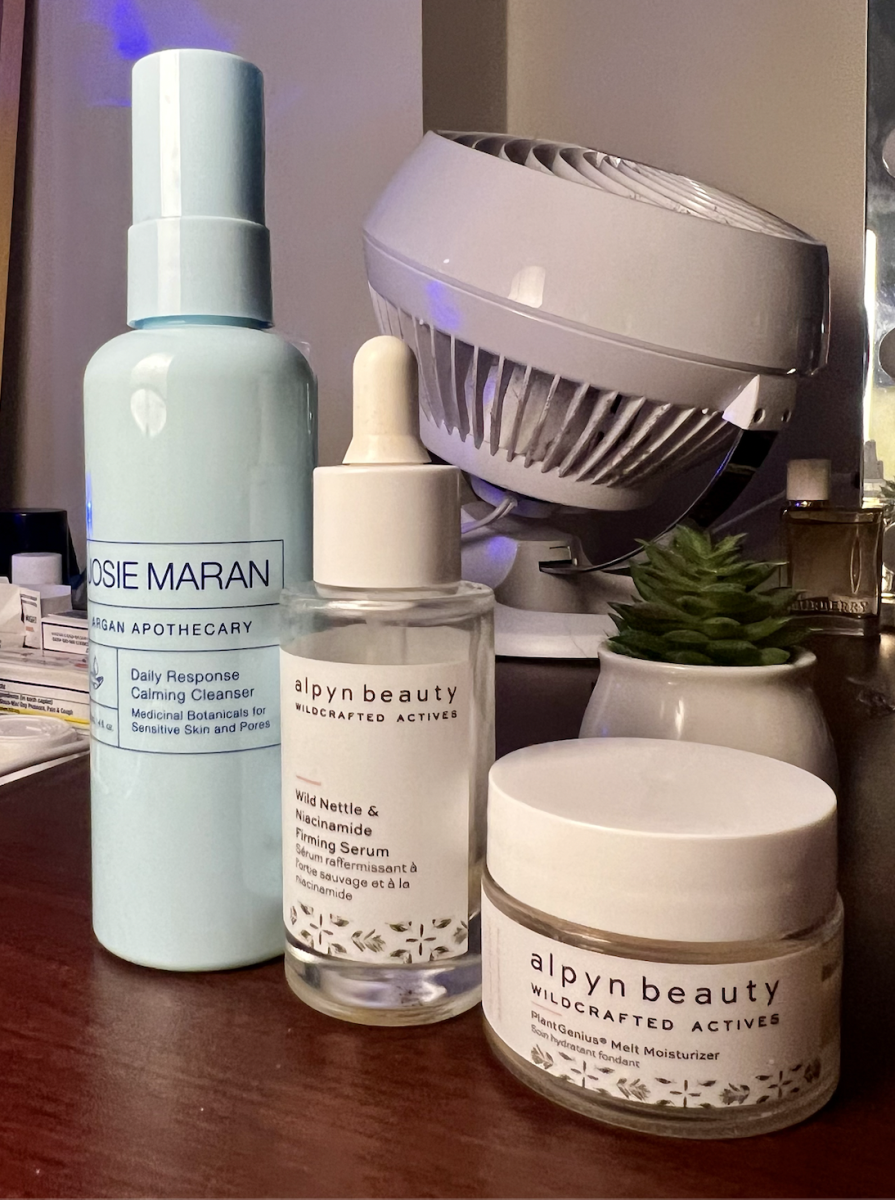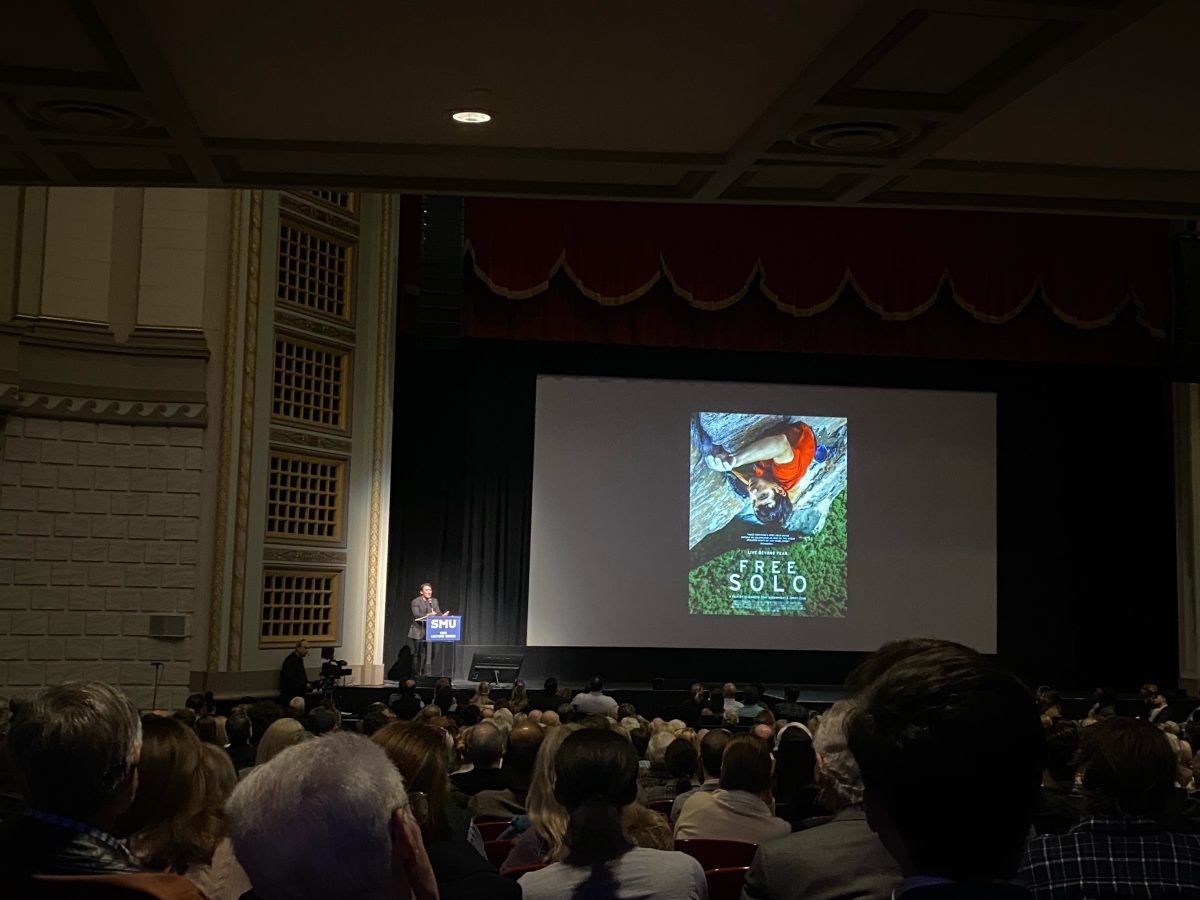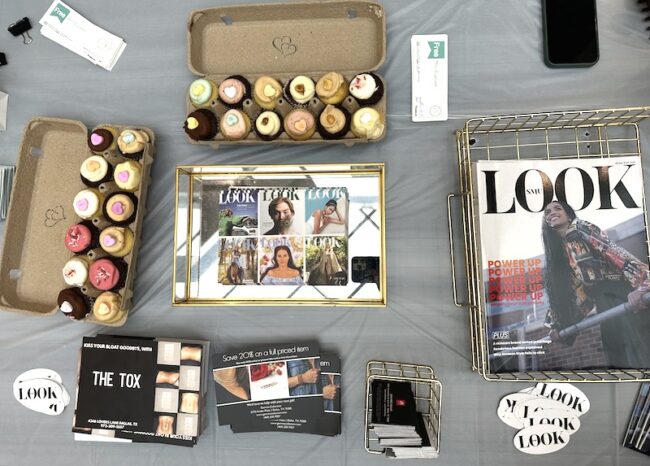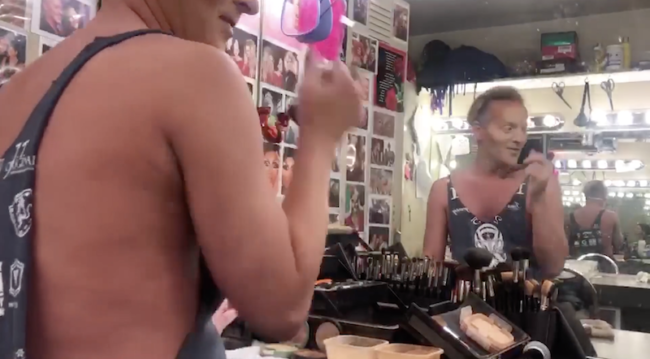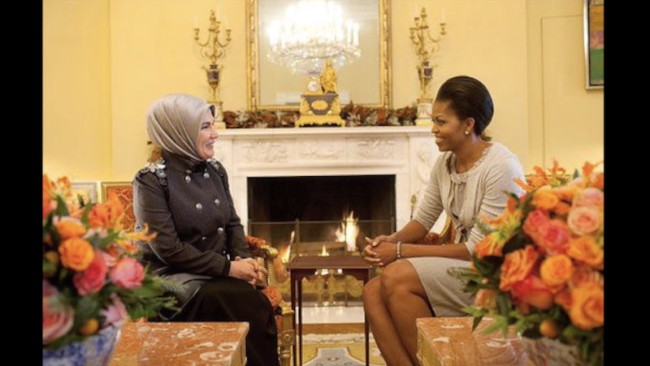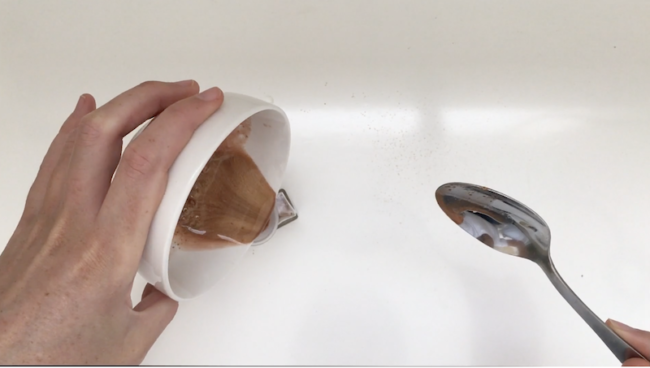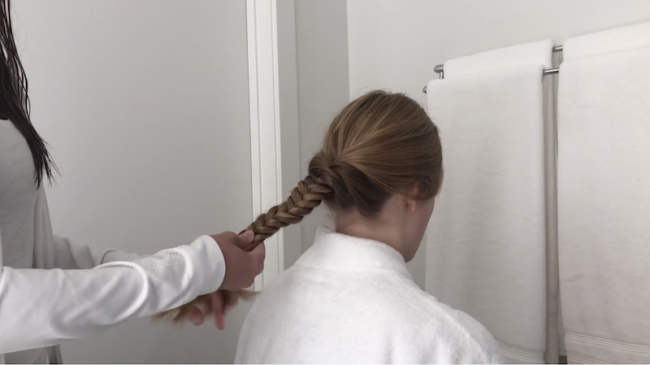Bye bye Baby Gap, there’s a new trend in children’s wear. Some parents are no longer as interested in purchasing lower-cost clothing from chain stores for their quickly growing children. Instead, they are dressing their children in custom monogrammed pieces, or expensive, even bespoke, clothing that can be treasured for years after kids grow out of them.
As parents want something unique and different for their children, they look to specialty stores to make their children’s clothing stand out.
“I shop at local stores like ‘Hip!Hip!Hooray,’ and a monogram showroom, ‘A to Z Monogram,’” said Lauren Hill, an 2006 SMU grad and mother of two young boys.

Other stores, like Un Deux Trois, a popular Dallas girls clothing shop, are thriving, as they appeal to this niche trend. With a price point ranging from $98 to $120, these clothes are often more fashion-forward than those found in chain stores.
“There has always been a need for trendier, high-fashion stores for girls like Un Deux Trois,” said Alex Miller, Un Deux Trois manager, in an email interview. “Especially between the ages of 7 to 16, girls want to dress in style and moms really want something that is well made,” she said.
Hill also takes pride dressing her sons, ages 3 weeks and 2 years, in traditional, quality clothing that she feels will never go out of style.

“Children are only children for so long and there is only a limited amount of time that I can dress them,” said Hill, in an email interview. “For now, I dress them as I like to see them.”
Outfitting her two young boys in smocked or monogrammed “Jon Jons” and day gowns, Hill prefers to purchase timeless, quality pieces that can be passed down.
Chelsea Bell, a former SMU Fashion Journalism professor, and mother of two young children, focuses on finding interesting and customized clothing that doesn’t always break the bank.
“I think there are certain labels that are also status symbols among parents, just as many see designer clothes and accessories as status symbols for adults,” said Bell in a Facebook interview.
Bell believes the main appeal behind this trend is the desire for unique clothing.
“It is common for parents to order customized outfits from Etsy shops for holidays and birthdays. Because my mom and I both sew, my kids have a fair number of custom items,” said Bell.

In the apparel industry, children’s wear refers to clothing for children aged zero months to 14 years, and includes apparel such as outerwear, undergarments, sleepwear, socks, and tights designed for children, according to Report Linker, a technology company that simplifies industry data for analysts.
According to Euro Monitor, a leading independent provider of strategic market research, children ages 0-3 are expected to represent 5 percent of the total population in 2020.
Analysts at Report Linker predict that the global online children’s apparel market will grow at a CAGR of 8.76 percent from 2016-2020, suggesting that this trend is steadily growing.
Euro Monitor reports that due to a mix of branded and private label manufacturers, as well as large and small producers, this is a highly competitive industry.

As parents are driven towards specialized clothing for their little ones, middle-tier companies, such as Baby Gap and The Children’s Place, may be pushed aside, says experts.
“In general, the high and low ends of many markets are better places to be than in the middle,” said Mark Vamos, the SMU William J. O’Neil Chair in Business
Journalism, in an email interview. “It’s good to be Stanley Korshak, and pretty good to be Wal-Mart. It’s not so good to be Macy’s or J.C. Penney.”









